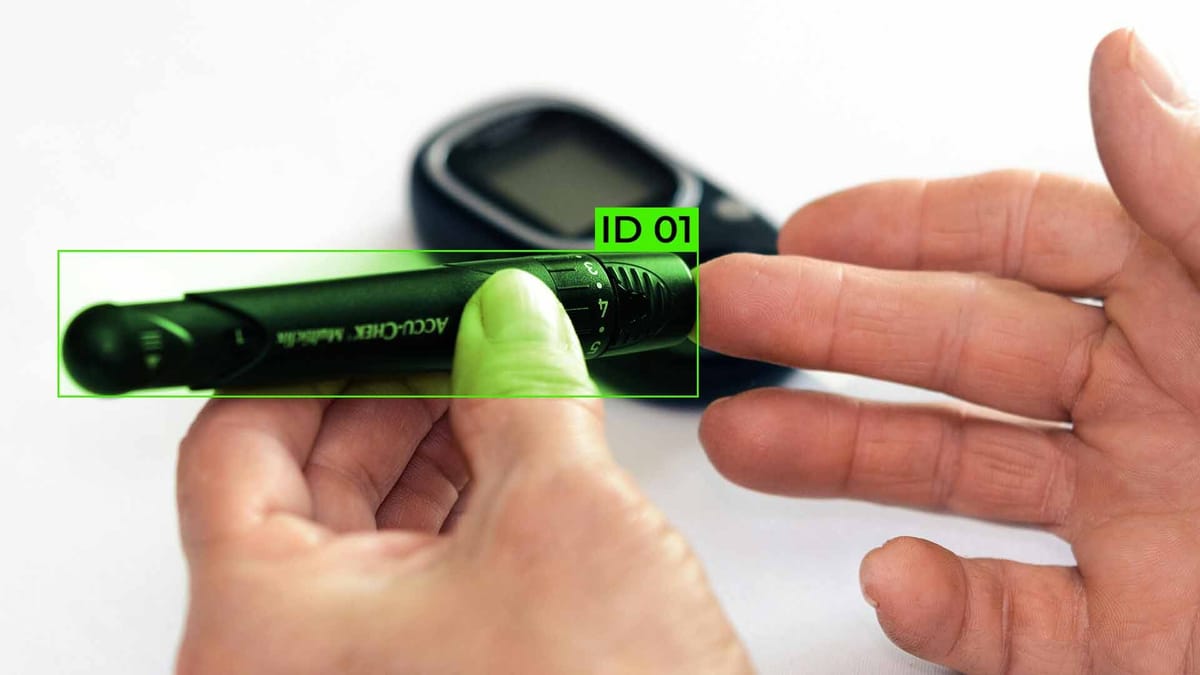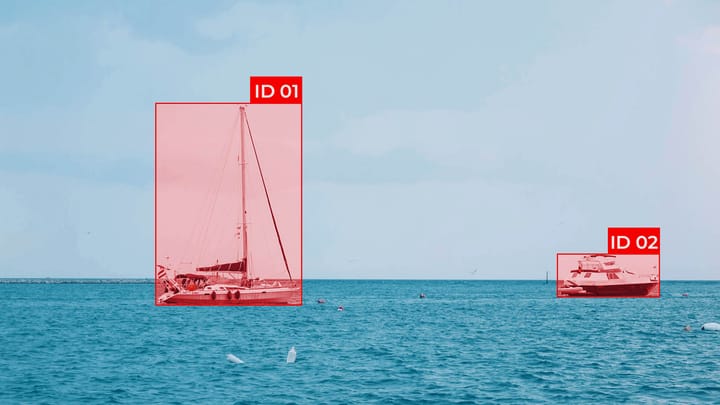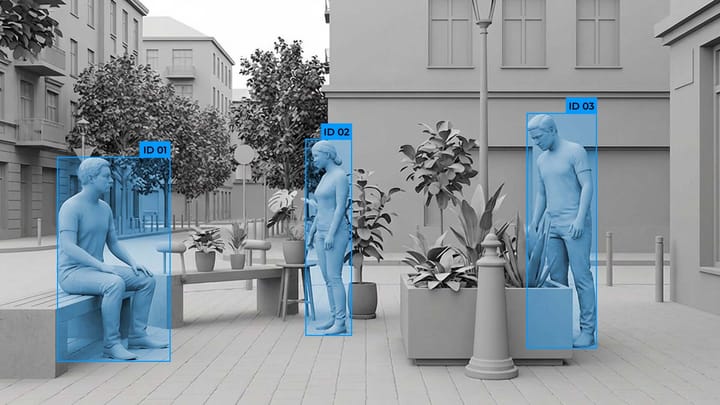Synthetic Medical Imaging to Train AI for Rare Diseases

AI systems can now generate 3D medical scans containing 127 anatomical details, from tumors to bone structures, without using real patient data.
Today, we are seeing a breakthrough in how machine learning models advance diagnostic capabilities. Unified systems demonstrate productivity gains across specialties by combining textual cues with generated visuals. This approach eliminates the need for costly manual annotations and preserves patient privacy.
The economic impact is also changing. Hospitals that use simulated datasets reduce data acquisition costs and accelerate research timelines. These tools enable scalable solutions for rare diseases that were previously thought impossible.
Key Takeaways
- Improved models now produce clinical-grade anatomical images without real patient data.
- Text-to-image systems improve AI accuracy in critical specialties.
- Modeled datasets reduce the cost of research into rare diseases.
- Ethical data generation preserves privacy and expands the capabilities of AI.
- Developments in 3D modeling are addressing the data shortage problem in niche medical fields.
The Role of Synthetic Data in Medical Image Analysis
Synthetic data is artificially generated data that is created using algorithms or models, rather than collected from real sources. Artificial training materials help create detailed anatomical visual representations without compromising individual privacy.
Cost-effectiveness
The economic impact is also changing. Hospitals that use simulated datasets reduce data acquisition costs and accelerate research timelines. These tools enable scalable solutions for rare disease datasets that were previously thought impossible.
- Lower data acquisition costs. Collecting real data requires expensive equipment, human resources, or special conditions.
- Fast model training. Synthetic data is available immediately after generation, and large datasets can be quickly created for training neural networks, which reduces product development time.
- Lower annotation costs. Manual annotation of large datasets is expensive. Synthetic data can be created with ready-made labels, which saves resources.
- Low risk and error costs. Synthetic data allows you to simulate dangerous or rare scenarios without risk to people and equipment.
- Flexibility and scalability. You can simulate different conditions without additional costs for new acquisitions or experiments.
Privacy and Ethical Considerations
Protecting patient privacy remains a top priority. Generated visuals eliminate the risks associated with identification. Educational programs use these tools to train diagnosticians without revealing real records, ensuring privacy compliance with standards such as GDPR and HIPAA.
Key Benefits:
- Zero legal barriers to data sharing.
- Configurable ethical safeguards for each institution.
- Cross-border collaboration in sensitive cases.
This approach is HIPAA compliant while accelerating discovery.
Generating high-resolution 3D medical images
AI systems can now generate 3D MRI simulations containing detailed anatomical structures, from tumors to bones, without using real patient data. This progress is based on a breakthrough in the architecture of latent diffusion. The latent diffusion method is a modern approach to generating synthetic data using artificial intelligence, combining generative models with the quality of the result.
Main ideas of the method
- Latent space transformation. The image is not directly processed in pixels but compressed into a compact representation using an autoencoder. This allows you to work with smaller data sizes and reduce the load on memory and calculations.
- Latent space diffusion. The model learns to add and remove noise already in the compressed latent representation. This allows you to create large, quality images.
- Decoding. After generating the latent representation, it is converted back into a real image using an autoencoder decoder.
Main advantages
- Latent space generation uses fewer resources than direct pixel reconstruction.
- Preserves image details when generating high resolution.
- Easily integrates with conditional generation.
- Allows training of large models on smaller computational resources.
Using Computer Vision and Deep Learning in Visualization
Computer vision allows you to generate artificial data and transform it into convenient forms for analyzing and training AI models.
The role of computer vision
- Assess the quality of synthetic data. Detects artifacts, inconsistencies, or noise in the generated images.
- Compares synthetic and real data by structural and textural features.
- Analyze and annotate data automatically. Detects objects, segment them, and classify synthetic scenes. Generate ready-made labels for machine learning without manual annotation.
- Visualization of latent spaces. Helps to see how changes in the latent representation affect the final image.
Visualization methods in the medical field
- Direct display of images to verify synthetic MRI or X-ray images.
- Heat maps show which areas the model pays attention to during diagnosis.
- Contour maps and masks for the segmentation of organs or pathologies.
- 3D reconstruction for surgical planning or physician training.
The role of deep learning, basic models, and approaches
Deep learning allows you to automatically extract complex patterns and visualize them for diagnosis or scientific analysis.
- Generative Adversarial Networks. Create realistic synthetic images. Used to expand datasets for rare diseases.
- Variational Autoencoders. Compress images into latent space. Used to visualize and model variations of pathologies.
- Latent Diffusion Models. Create high-quality images with less computational effort. Use latent space to generate medical images.
- CNN and U-Net. Used to segment organs and pathologies on synthetic images. Work on both real and synthetic data to train diagnostic models.
Patient privacy in synthetic data
Synthetic data is artificially generated and does not contain real patient identification information, which reduces the risk of personal information leakage and complies with data protection laws such as GDPR or HIPAA. However, it is necessary to consider the possibility of real information “leaking” through the generation process, especially if the model was trained on limited real-world data sets. It is important to ensure transparency in creating and using synthetic data so that doctors, researchers, and patients understand that the data does not reflect specific individuals but is used to train algorithms and test systems. Ethical responsibility also includes the objectivity and accuracy of models trained on synthetic data. Incorrect reproduction of pathologies or medical conditions leads to incorrect diagnoses if such data is used without verification. Therefore, synthetic data in medicine requires a careful balance between research and compliance with ethical standards, patient confidentiality, and the reliability of the results.
Technical Challenges and Future Developments
One of the main challenges is the quality and reliability of synthetic images. Generative models, such as GANs or latent diffusions, sometimes create artifacts or distort anatomical structures, which negatively affect the training of diagnostic models. Another challenge is the modeling of rare pathologies. The insufficient number of real cases in the training set limits the ability of generative models to reproduce accurate disease variations.
Another challenge is the interpretability and transparency of the models. Clinicians and researchers need to understand how and based on which parameters the image was generated in order to trust its use in clinical scenarios.
Integrating synthetic data with real medical datasets for training models. Methods are needed to avoid mixing distorted synthetic patterns with real signals, while maintaining the benefits of data augmentation.
Future developments in this area focus on improving the reliability and quality of synthetic data. Developing heterogeneous models will enable combining data of different types to reproduce anatomy and pathologies comprehensively. Another direction is the automated validation and certification of synthetic data for clinical applications, allowing doctors and researchers to use this data in training and testing algorithms. In the future, the emergence of interactive generative platforms is expected, allowing doctors to simulate various pathology scenarios in real time for research, training of medical personnel, and personalized medicine.
FAQ
Why use synthetic data to train AI on rare diseases?
Synthetic data creates sufficient rare disease examples to train AI when real data is limited or absent.
How does synthetic imaging address patient privacy concerns?
Synthetic imaging creates artificial medical images without using real patient identification data. It also preserves privacy by training models without the risk of personal information leakage.
What methods allow for high-resolution 3D image synthesis?
Generative model methods, 3D-GAN, VAE for 3D space, and latent diffusion models allow for high-resolution 3D image synthesis.
What augmentation strategies improve AI generalization?
Multi-scale texture synthesis, pathological feature variations, and anatomical deformation modeling.
What are the main technical challenges in synthetic data generation?
Support for anatomical plausibility, preservation of disease-specific textures, and scaling of generation pipelines.
What future innovations will improve medical image synthesis?
Improved generative models with quality control, multimodal latent spaces, and integration of rare pathologies will increase the reliability and accuracy of medical image synthesis.



Comments ()